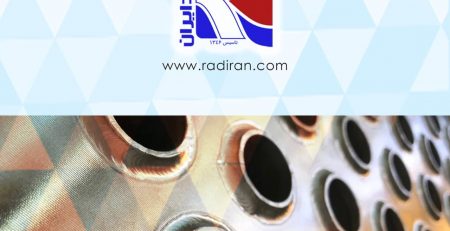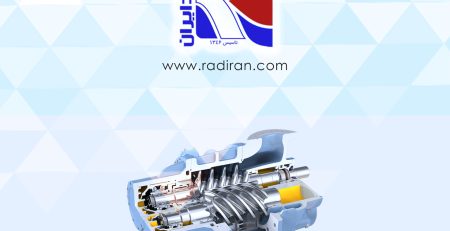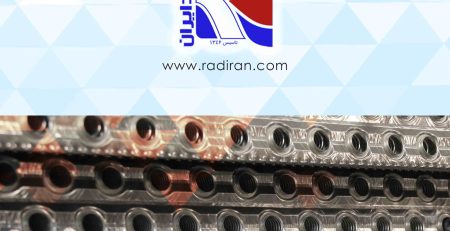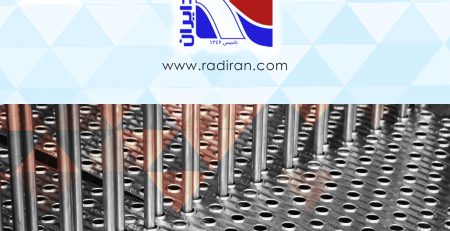Effect of Fins Per Inch (FPI) in Fin-Tube Coils on Thermal Efficiency and Pressure Drop
Fins per inch (FPI) is a key design parameter in fin tube coils that directly affects heat transfer performance and airside pressure drop. Increasing FPI means more fins per unit length; this change brings both benefits and trade offs.
Effect on Thermal Efficiency
• Increased heat transfer area: Higher FPI increases the total fin surface area in contact with air, typically raising the overall heat transfer capacity of the coil.
• Improved boundary layer disruption: More fins create more frequent air–metal interfaces, which can thin the thermal boundary layer locally and increase the local heat transfer coefficient.
• Practical limits: At very high FPI values the marginal gain in effective heat transfer can diminish due to added thermal resistance in the fin–tube interface or limitations in internal tube heat conduction; an optimal FPI depends on operating conditions and fluid properties.
Effect on Pressure Drop
• Higher airside resistance: More fins obstruct and narrow air passages, increasing airside pressure drop. A larger pressure drop requires higher fan power and can affect system operating cost.
• Flow disturbances and local losses: Closely spaced fins can promote flow separation and local vortices that further increase pressure loss.
• Interaction with air velocity: At higher air velocities, the penalty in pressure drop from increased FPI becomes more pronounced. FPI selection must therefore consider the design air velocity.
Design Trade-offs and Optimum Selection
• Application and system goals: High FPI is often chosen for compact evaporators or where maximum heat transfer per coil length is required. Lower FPI is common in large air handling units where minimizing pressure drop and fan energy is prioritized.
• Complementary design factors: Fin thickness and material, tube geometry, tube spacing, and air velocity all influence the optimal FPI. Computational simulation or experimental testing is often necessary to determine the best compromise.
• Economic considerations: Changing FPI affects manufacturing cost, coil weight, and operational energy consumption; designers must balance increased thermal performance against higher initial cost and fan energy use.
Summary
Increasing FPI generally improves thermal performance by enlarging heat transfer area and enhancing local heat transfer, but it also increases airside pressure drop. The optimal FPI balances thermal capacity, fan energy, space constraints, and cost, and is determined through analysis, testing, or modeling for the specific application.












